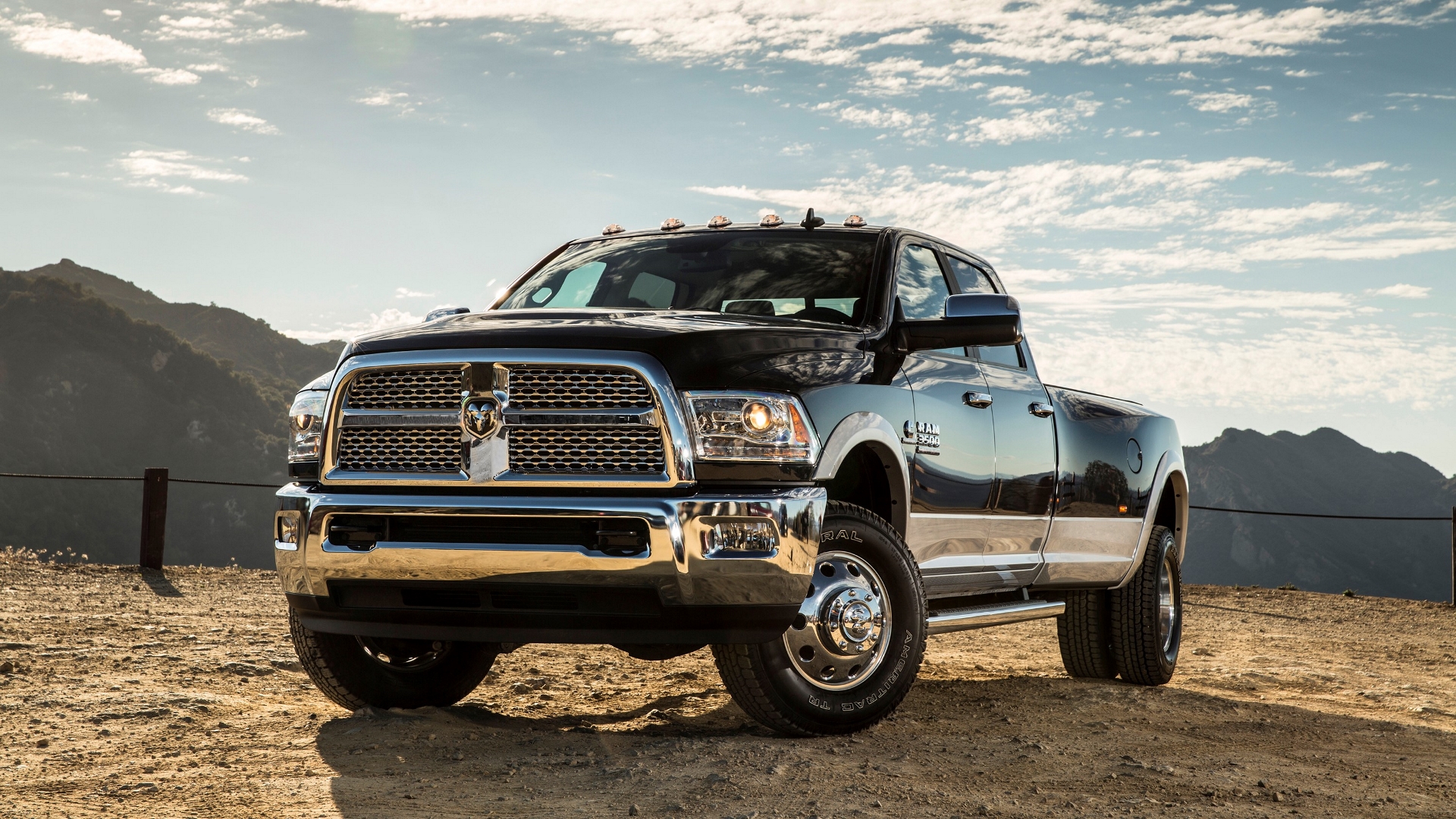

Sick of Ram Trucks’ third-place status in the American market, new Fiat-Chrysler CEO Mike Manley wants to make some moves—literal ones. In his first interview on the job, Manley told Reuters that he’s rethinking the company’s stated plans to end pickup production in Mexico and consolidate in Michigan in light of the new USMCA trade agreement and buyers’ ever-growing appetite for trucks.
Here’s the current landscape of Ram pickup production: Right now, all production of the new “DT” generation of the Ram 1500 takes place in Sterling Heights, Michigan, while the older heavy-duty Ram trucks are built in Saltillo, Mexico. Last year, facing the prospect of a 25 percent tariff on Mexican-built trucks being brought into the States, then-CEO Sergio Marchionne suggested Ram would move all HD truck production back to Michigan; the company confirmed the plans in January and said the Saltillo plant would be reworked to make other commercial vehicles.
That would put all Ram Trucks production into just two plants: the Sterling Heights facility and the Warren Truck Assembly plant, which is currently being updated to build both the upcoming Jeep Wagoneer and the next generation of Ram’s heavy-duty trucks. But now that a new tentative trade agreement has been reached between the U.S., Mexico, and Canada, it looks like there won’t be a blanket tariff on Mexican-produced Rams. So instead of ending truck production south of the border, Manly wants to take advantage of the capacity offered by a third plant to build even more of them for a hungry domestic market.
“With a combination of Warren [Michigan] and Mexico building what we call the classic truck, we have enough production to increase output next year if it’s required,” Manley told Reuters. “In my opinion it will be required. We are gaining share. Obviously I am looking for that to continue, but it’s an incredibly competitive segment.”
It’s a question of volume. If the demand continues to grow, then this plan would be a win all around—as long as the two Michigan plants are humming along at capacity. If not, it will be fair to ask if Ram overextended itself in a quest for market share. In any case, it’s unlikely that we’ll see the production of the new Ram 1500 start up in Mexico as well, since FCA just poured $1.49 billion into retooling Sterling Heights Assembly to build it there.
Fiat-Chrysler really wants to be the second-largest truck seller in the U.S., and it knows full well that passing Ford is a massive challenge. “We need to get ourselves in second [place],” Manley told Reuters. “Frankly, I don’t care which of the two I take share from.”